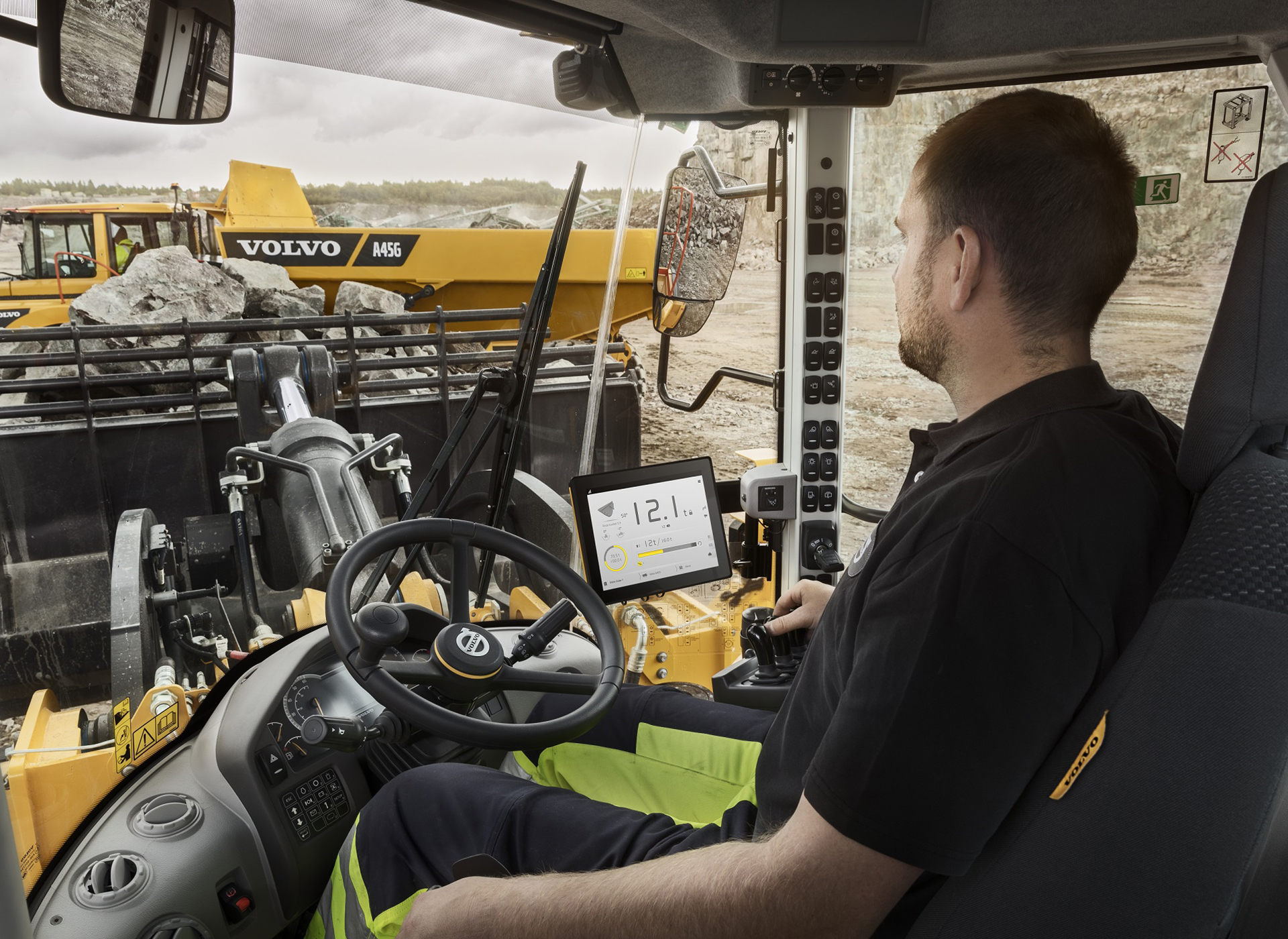Volvo Construction Equipment (Volvo CE) may have helped Volvo Group reach a major milestone with 1 million connected assets, but it is already asking ‘what’s next?’ Catrin Nilsson, Manager, Connected Solutions Platform at Volvo CE, explains why this is a pivotal time in the company’s connectivity journey.

With so many connected construction machines – Volvo CE has 150,000 at the last count – does this mean connected solutions are now just as important as the machine?
Connectivity is a true enabler. It’s become such an essential feature that if you are not connected, you simply cannot perform to the high levels required of a modern job site. Machine data can now provide customers with all the help they need to boost fuel efficiency, uptime and productivity. Advanced prognostics even allows us to analyze trends to the point where we know not only why a component might break down but also predict when it might happen. The number of machines equipped with machine control system applications such as Load Assist, Haul Assist, DigAssist…. is growing every day. On top of that we provide the customer with fleet services related to uptime, such as CareTrack and Active Care.
So, where do we go from here?
Prognostics is still one of the biggest areas of focus at the moment. Finding patterns in the behavior of machines so that failure can be prevented is so important in the construction business. Every second of downtime costs money. For example, in an asphalt laying project in the US, you’re given a specific time frame to carry out the work. So if a paver breaks down it is not only slowing down the entire project, at a huge cost, but it also gives you additional penalties if the time frame is exceeded.
Uptime is clearly one of the biggest drivers for connectivity. What other factors are there?
At Volvo CE we thrive on innovation, but there are outside factors too. Environmental regulations such as the China IV emissions standard, for example, requires machine manufacturers to provide data based on the Chinese Beidou satellite navigation system, which broadens the connectivity offer. Reducing manufacturers’ environmental impact is also important. If travel times of technicians heading to long-distance locations to conduct repairs can be reduced – either by diagnosing the problem remotely before coming out to site, thereby avoiding an extra journey, or by spotting machine failures before they occur – then ultimately we will reduce the number of site visits and in turn cut our carbon footprint.

Construction sites can be dangerous. Is safety also a motivation?
Absolutely. When you consider the progress we’re making in automation, connectivity has a big role in creating the site ecosystem to make that happen efficiently and safely. If the ambition is to remove humans from dangerous job sites entirely, then without an operator behind the wheel it’s the responsibility of the software to react quickly in an emergency. The system needs to respond quick enough so that it can, for example, hit the emergency brake if there was an obstacle in the way.
A lot of progress is being made, but what are the challenges facing connectivity?
The biggest challenge is that different markets and regions diverge on the quality and regulations surrounding their mobile network. Even when 5G connectivity is enabled on our machines, the service won’t be available everywhere. In many ways, it’s easier for us in construction, than say Volvo Trucks, as we tend to have a pre-defined area of operation rather than having to travel long distances. In sectors such as mining, the primary challenge is securing connectivity in remote locations or deep underground.
.jpeg)
How will connectivity change the way we do business?
In five to ten years time, who knows? Maybe we don’t just sell machines. Instead we sell a service paid by the hour. By asking our customers at the point of sale: ‘What do you want to achieve for your site?’, we can then offer a combined package that helps them achieve their goals. In many ways, construction is the perfect place to explore these new business models. Because with clearly defined parameters and job site targets, it’s easier to work out the best solution to help you achieve those targets.
Is Volvo CE working on new connected solutions?
We have the machines, we have the services, now it is a case of maturing the technology and enhancing the functionality. We will do that by testing our connected solutions in different stages – by targeting different customers and different applications. Only when we are confident we have found the best possible solution will we then bring these advances to the market. Connectivity is a gamechanger for Volvo CE and we want it to be a gamechanger for our customers too.
Source: Volvoce
 Copyright 2020 All rights reserved.
Copyright 2020 All rights reserved.